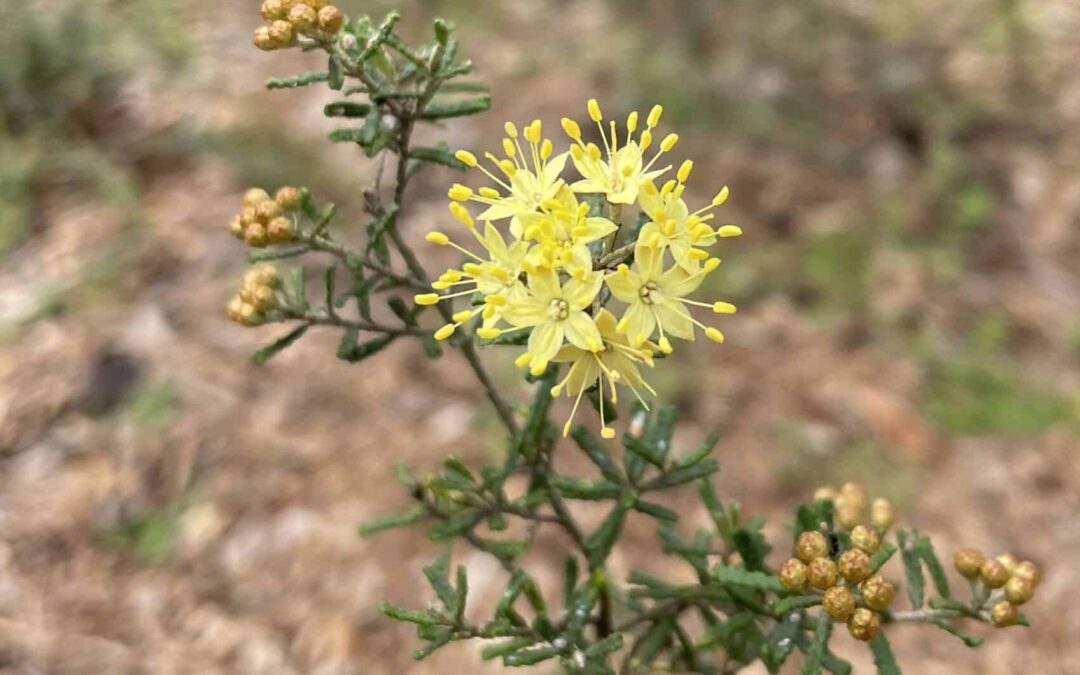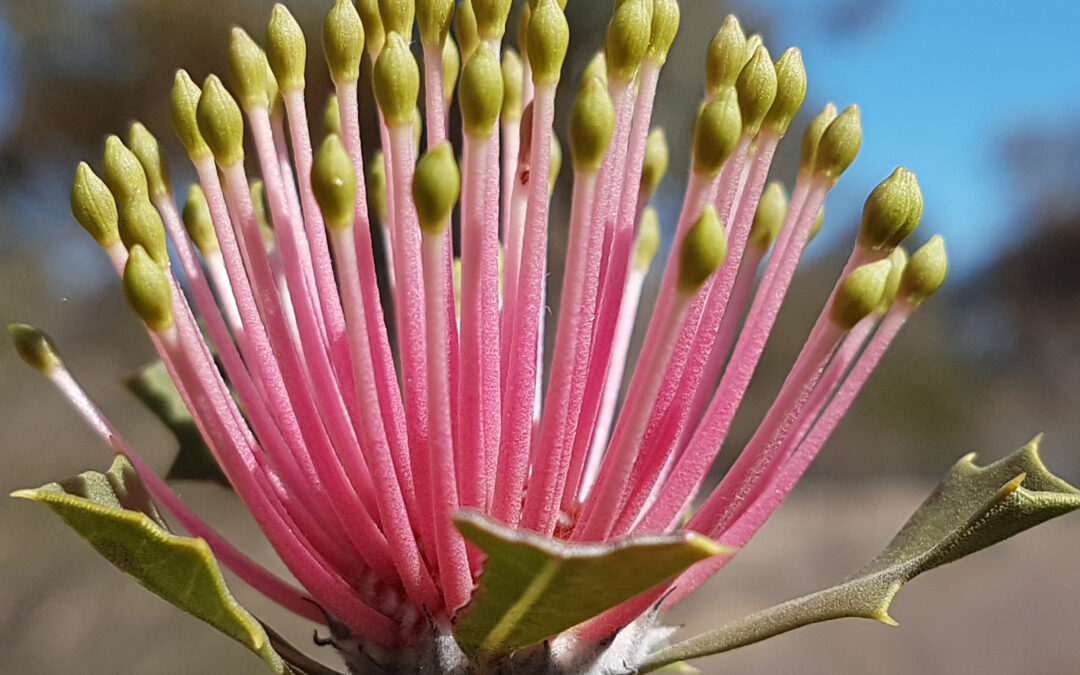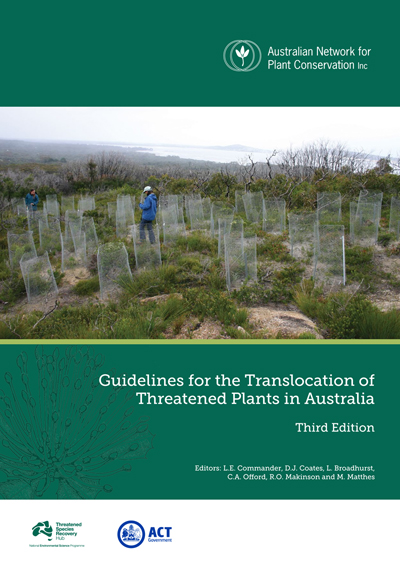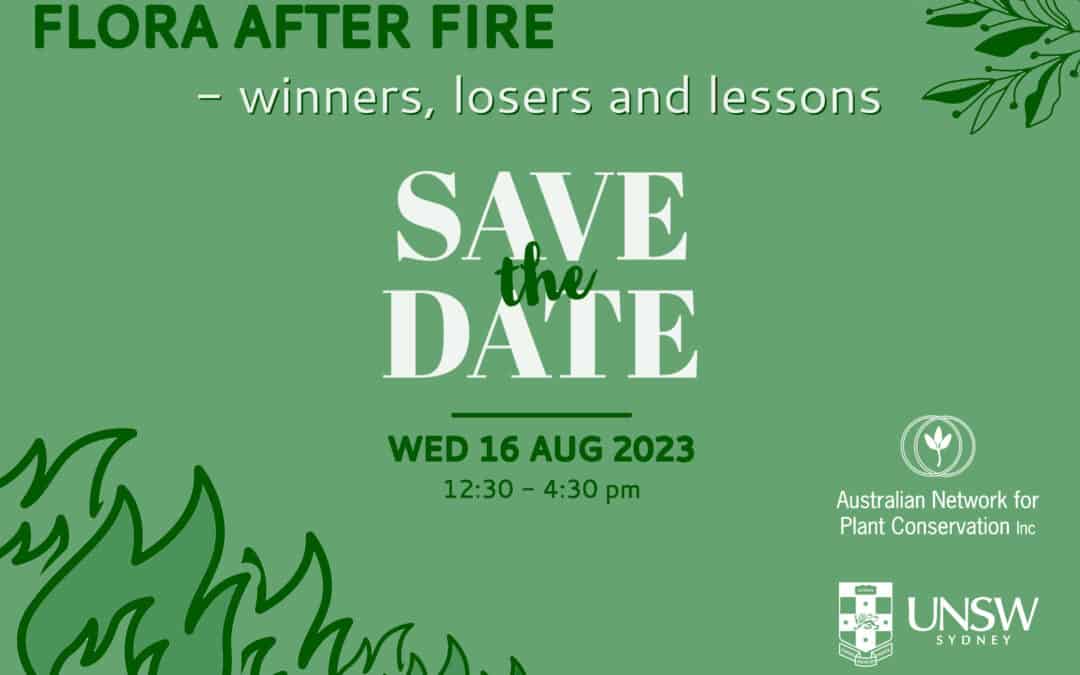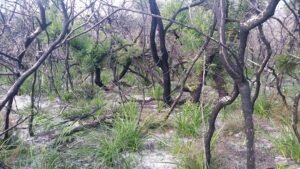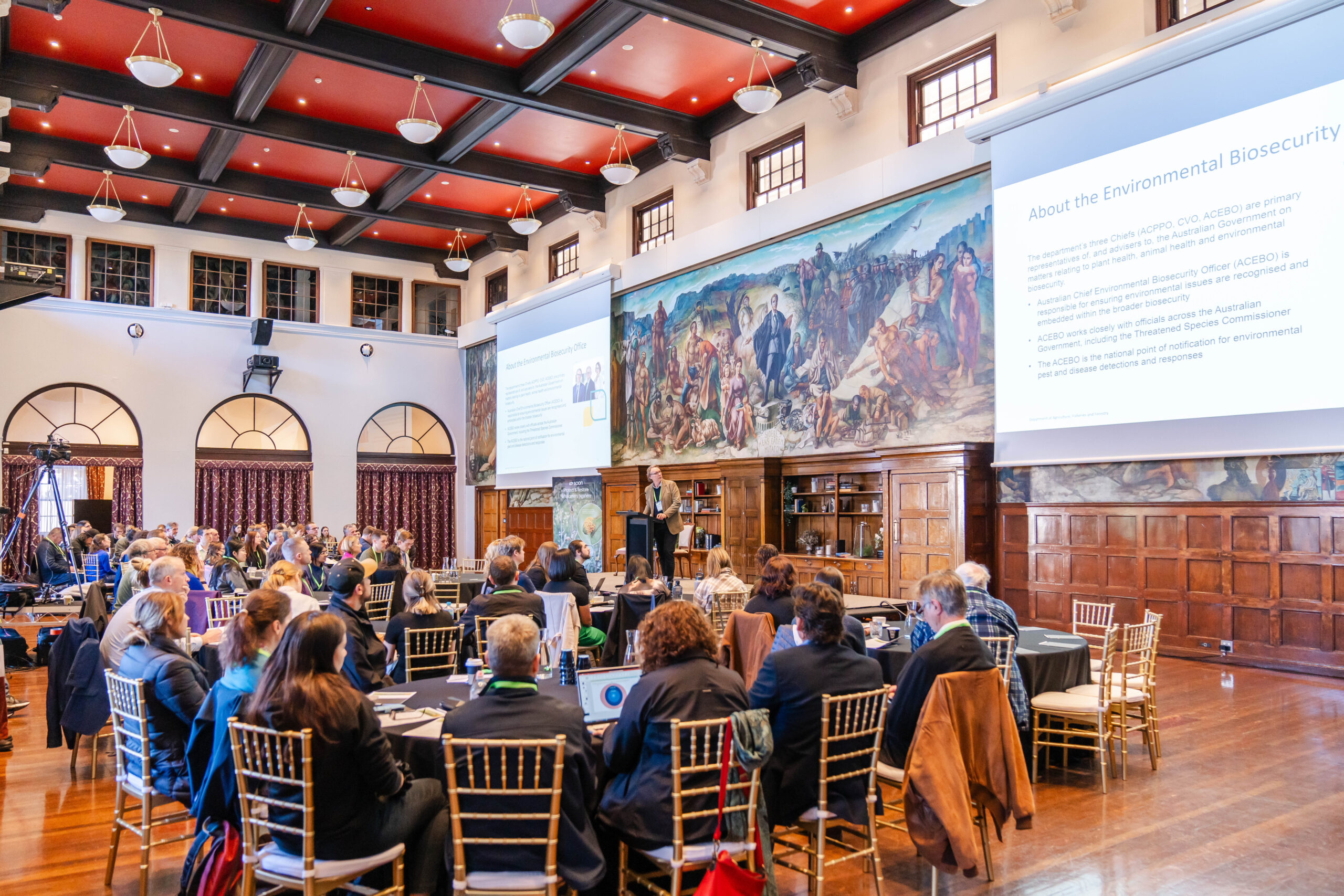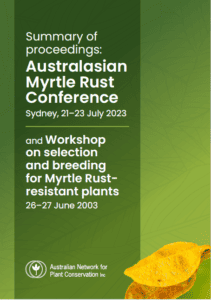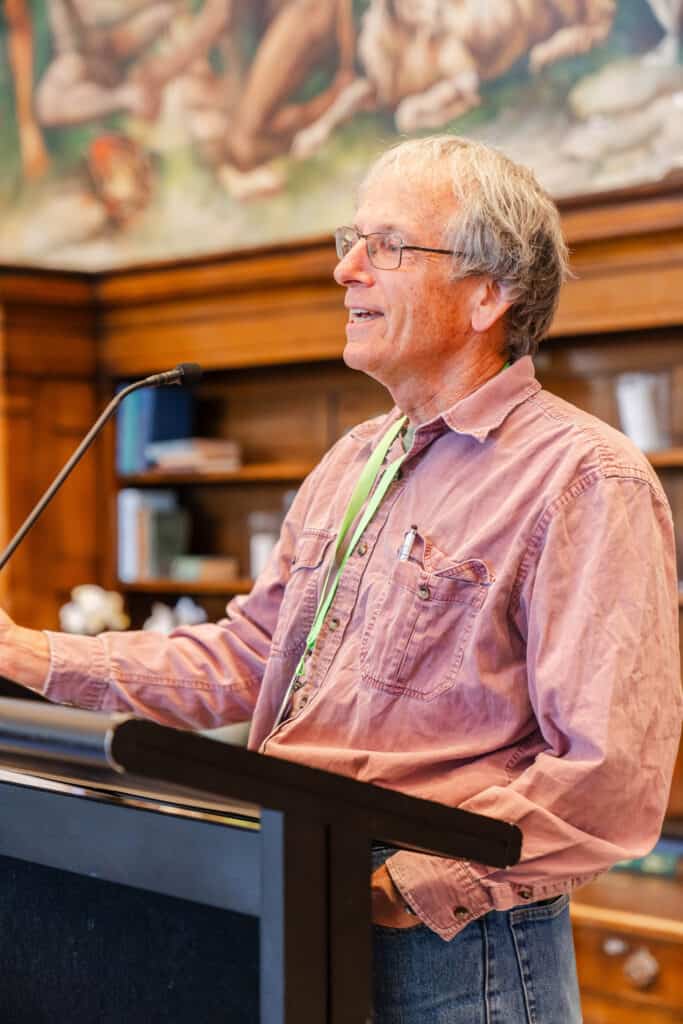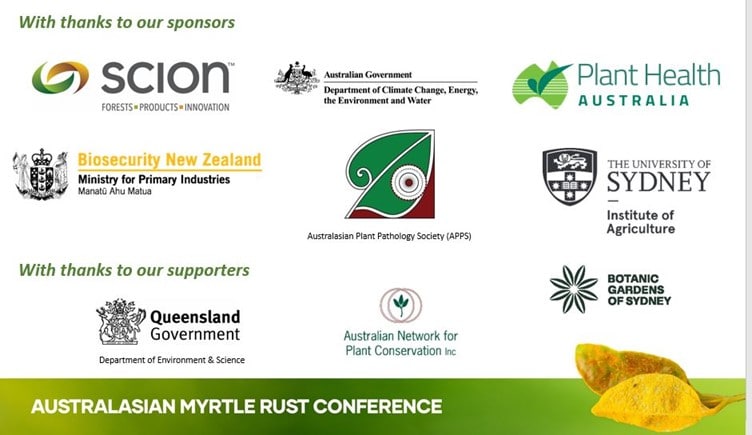
Sep 22, 2023 | News
Previously recorded throughout much of the Mallee region of western Victoria, the Mallee Phebalium, Phebalium glandulosum subsp. macrocalyx is now restricted to a few small populations south west of Swan Hill in north-western Victoria. There may be as few as 50 plants left in the wild in Victoria, and as such it is listed as Critically Endangered in Victoria under the Flora and Fauna Guarantee Act. The Mallee Phebalium is one of 24 threatened species that scientists and horticulture staff at the RBGV are working to protect as part of the Preventing the extinction of Victoria’s threatened flora project.
This small to medium shrub has small bright yellow flowers and prominently glandular leaves that are aromatic when crushed. Many species of Phebalium are grown as garden plants, however cultivation is generally by cuttings, as seeds are very difficult to germinate due to physical or chemical dormancy mechanisms. We currently do not know how to germinate the Mallee Phebalium, so part of the work by the RBGV will be collecting seeds and running germination trials to try to figure out how to make them grow. Seeds will then be placed in long-term storage in the Victorian Conservation Seedbank and plants grown in a living collection at the RGBV to insure against loss of this species in the wild.
This research is funded by DEECA Victoria’s Nature Fund. The ‘Preventing the extinction of Victoria’s threatened flora’ project is led by Royal Botanic Gardens Victoria in partnership with La Trobe University, Australian Network for Plant Conservation, DEECA, Trust for Nature, ENVITE, Bairnsdale & District Field Naturalists Club, Friends of the Grampians Gariwerd, Wimmera CMA, Nillumbik Shire, Halls Gap Botanic Gardens and the Australasian Native Orchid Society Victorian Branch.
Article Image: Mallee Phebalium (Phebalium glandulosum subsp. macrocalyx) – Photo credit: Andre Messina

Sep 15, 2023 | Events Category
Beyond the Guidelines: designing resilient, persistent plant translocations.
This workshop was held on 16 November 2023 as part of the 3rd International Conservation Translocation Conference held in Fremantle, Western Australia.
It focused on aspects of planning and practice that can improve the likelihood of establishing healthy, resilient and recruiting plant populations, that will persist over the long term. The talks included practical examples of sourcing seed or other germplasm types, selecting recipient sites (macro and microsites), post planting management techniques and genetic health assessments. They also addressed creation of populations that are resilient to disturbance. The sessions covered the following 3 themes:
– pre-translocation
– planting
– post-translocation.
Download the flyer and program here
Recordings from the workshop are available on the ANPC Youtube channel here

Download or purchase the ANPC’s Translocation Guidelines here

Jun 1, 2023 | Events Category, News
In collaboration with the Centre for Ecosystem Science, UNSW, the ANPC held ‘FLORA AFTER FIRE – winners, losers and lessons‘ via Zoom webinar on Wednesday 16 August 2023.
This free online symposium was focused on the post-fire recovery of native vegetation.
A range of speakers covered three themes:
1/ plant and fire relationships
2/ impacts and observations (case studies)
3/ lessons and actions moving forward
Download the program here.
Speakers from across Australia discussed plant and fire impacts, with special emphasis on Black Summer impacts and recovery. Topics and speakers included:
- Post-fire epiphytic orchid surveys – Prof Jeremy Bruhl and Dr Heidi Zimmer
- Rainforests in SE NSW and the Western Dorrigo – Mark Graham
- Plant disease after fire – Bundjalung Country – Dr Geoff Pegg
- Kangaroo Island seed production area for restoration – Dr Jenny Guerin
- Improving the evidence base to support decision-making – Dr Libby Rumpff
- Planning for post fire restoration and reintroductions – Dr Melinda Pickup and Dr Tein McDonald
- Threat assessments and revised threatened species listings – Prof Tony Auld and Tom Le Breton
- Planned Actions of the NSW Bushfire and Natural Hazards Research Centre Environment Node – Assoc. Prof. Rachel Gallagher
Recordings of the presentations will be available soon!



Jul 26, 2023 | Events Category, News

Myrtle Rust threatens an estimated 350 Australian plants, killing new growth, buds and flowers, meaning severely impacted species can no longer reproduce. Worst affected species will disappear from the wild. Myrtle Rust is having such a devastating impact on some native plants, that scientists, community groups and First Nations groups in Australia and New Zealand are working together to devise an Australasian response. In June 2023 over 100 experts from around the globe met in Sydney to share knowledge in the inaugural Australasian Myrtle Rust Conference, supported by the Australian Network for Plant Conservation.
Download the Summary of Proceedings of the Australasian Myrtle Rust Conference here [PDF link]

Attendees were buoyed by the breadth of work and dedication to preventing Myrtle Rust extinctions. They were simultaneously unanimous in the sentiment that stronger leadership, greater coordination, and long-term funding were the crucial missing elements. Priority next steps include improved sharing of resources and of research and its outcomes, and refining priority species and actions for conservation efforts to maximise the involvement of researchers, communities and land managers.
Several key themes emerged from the 50 presentations given during the conference, giving rise to potential simultaneous directions to tackle Myrtle Rust incursions and extinctions:

International guest speaker Dr Richard Sniezko from the US Department of Agriculture Forest Service, presenting on developing disease resistance tree populations for restoration. Credit: Dan Turner

